What's hiding under Russian writers' wicked facial hair? (GIFs) 🧔
Pushkin’s sideburns
.gif)
All animation by Ekaterina Venediktova
A quarter of a century ago, the comedy movie "Sideburns" came out in Russia. The movie followed a group of loyal fans of the Russian poet Alexander Pushkin. They let sideburns grow long and straggly to look more like their idol, and they beat up anyone who objected to their philosophy.
In the 19th
Pushkin's influence is so strong in Russia that you still can't grow sideburns without people thinking that you're also trying to imitate the famous poet.
Tolstoy's tolstovka
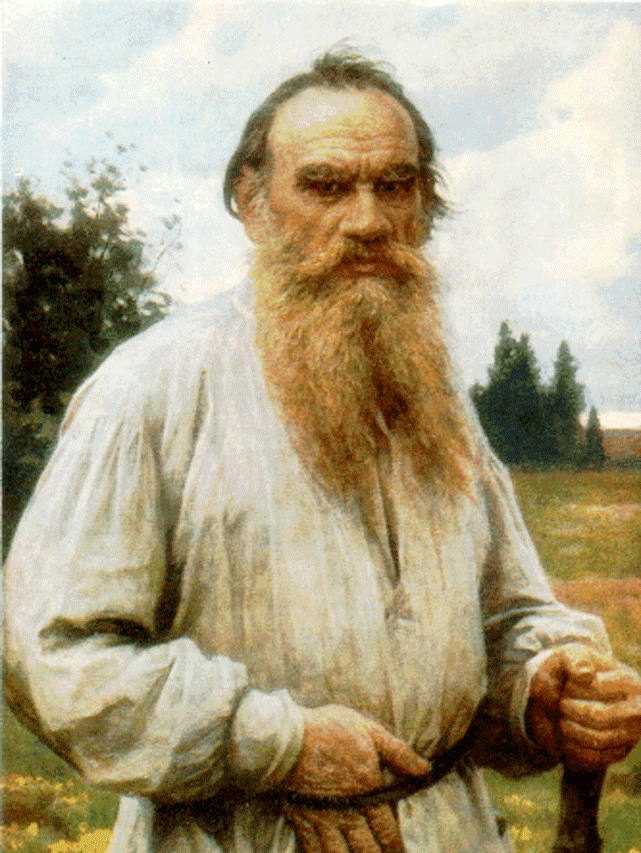
Leo Tolstoy often wore a traditional Russian shirt, and the term "Tolstovka" now refers to the loose-fitting style of garment that he wore. Throw on some tie-dye and, with his unkempt beard, the great writer wouldn't look so different to the classic 1960s American hippy. In fact, in some
His loose-fitting shirt marked his attempt to become closer to the people, and it was a physical representation of his preaching, which can be summed Фup in the maxims, the simpler, the better; the poorer, the nobler. The term "Tolstoyans" refers to those who formed agricultural communities and spread Tolstoyan ideals: pacifism, vegetarianism, and a return to early Christian values. The "Tolstovka" became a kind of uniform for this group of people. It represented an upper-class individual who was trying to become closer to the people because of his ideological beliefs.
Chekhov’s pince-nez
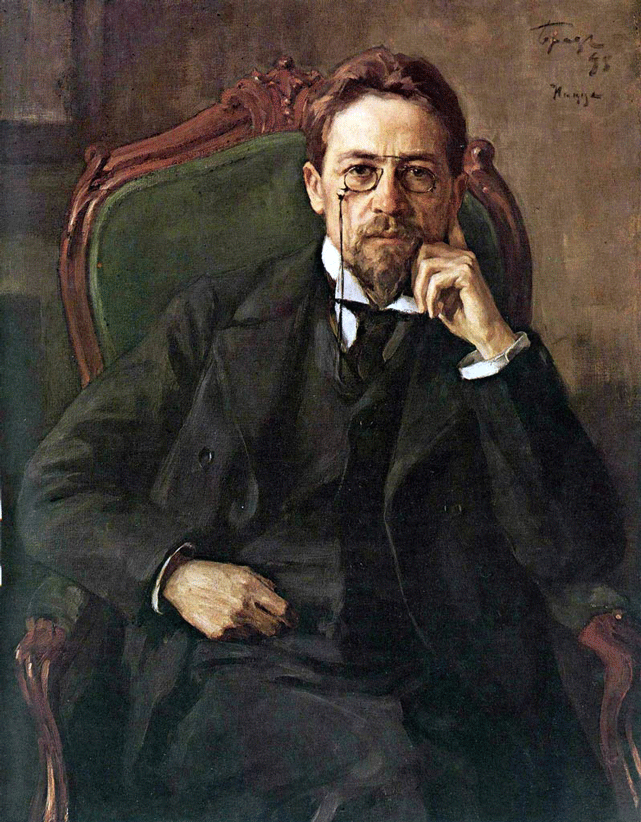
Chekhov was the preeminent Russian intellectual at the turn of the century. He was a doctor, writer, and the inventor of modern theater. If you were an educated Russian, you read Chekhov. This image of a smart, thoughtful-looking person wearing a pince-nez came to signify intellectualism in Russia. Nowadays, people who wear glasses are still considered intellectuals, but if you wear a pince-nez you're probably a steampunk!
Gorky’s mustache
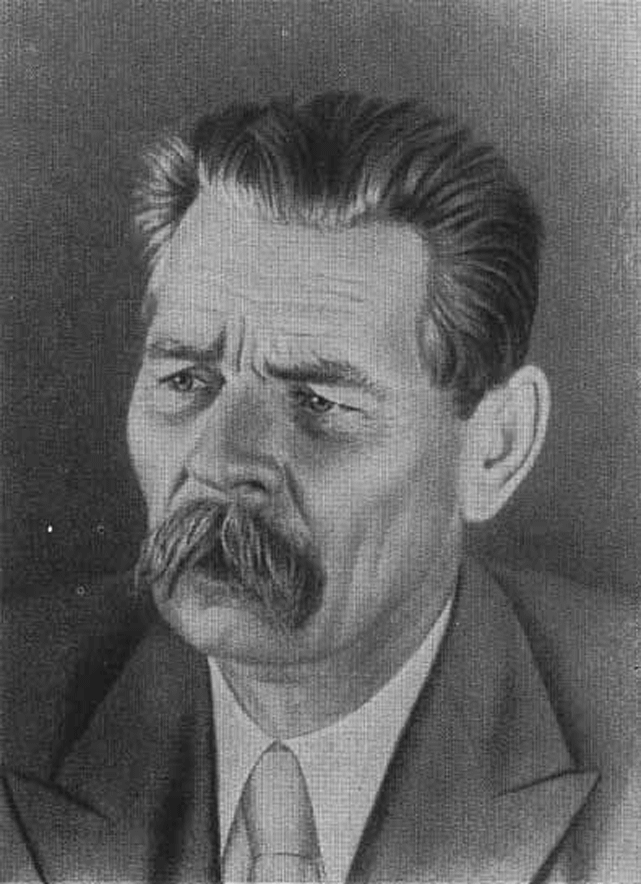
The writer Maxim Gorky – the creator of Socialist Realism – studied German philosophy as a young man. His mustache was grand like the German philosopher Friedrich Nietzsche's, who Gorky often tried to imitate. Gorky was not the only writer or thinker of his day to come under Nietzsche's influence in his youth, but he was a particularly hardworking devotee. Not only did he produce a prolific amount of books, but he went that extra mile in cultivating a mustache that dominated his top lip like a caterpillar.
Mayakovsky’s shaved head
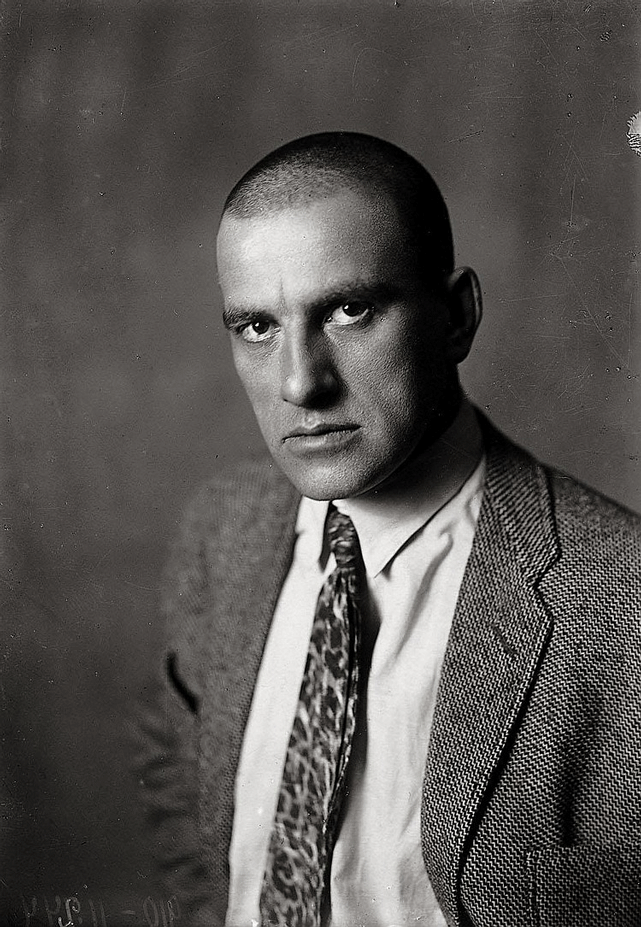
At the end of the movie "Sideburns," the Pushkin fanatics are forced to have their heads shaved bald, and they promptly become fans of Vladimir Mayakovsky. Mayakovsky was a Russian Futurist poet and one of the leading figures of the Russian avant-garde. He shaved his head fully as a young man – a bold move decades before action figures like Bruce Willis made it cool.
The image soon became associated with radicalism and the Russian avant-garde, but Mayakovsky's personal reasons were far different from what his supporters might have assumed. His father had died of blood poisoning after being pricked by a needle, and this had sparked bacteriophobia in the young poet – an obsessive fear of contamination.
Despite Mayakovsky's personal motives at the time, the pictures of the shaven-headed poet staring combatively out of black and white pictures remain incredibly powerful today.
Solzhenitsyn’s chin curtain
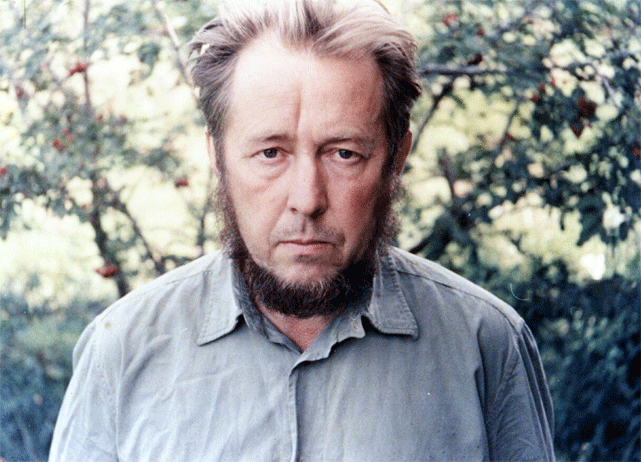
In the early 1970s, the winner of the Nobel Prize in Literature grew a chin curtain – a beard without a mustache. In the United States, where Solzhenitsyn emigrated in 1976, he was perceived as a Russian patriarch by the public, who saw echoes of the biblical prophets in his look – by this time he had grown in his mustache too. He was never one to mince his words and could be so outspoken that he created uncomfortable situations. It had been assumed that, as he was celebrated by the West, the Soviet writer would begin to preach liberal values, but Solzhenitsyn was a Russian patriot and was critical of the Western lifestyle. He was in good company with the chin curtain, though – it was the favored style of one of the USA's greatest presidents, Abraham Lincoln.
Dovlatov's Underwood typewriter
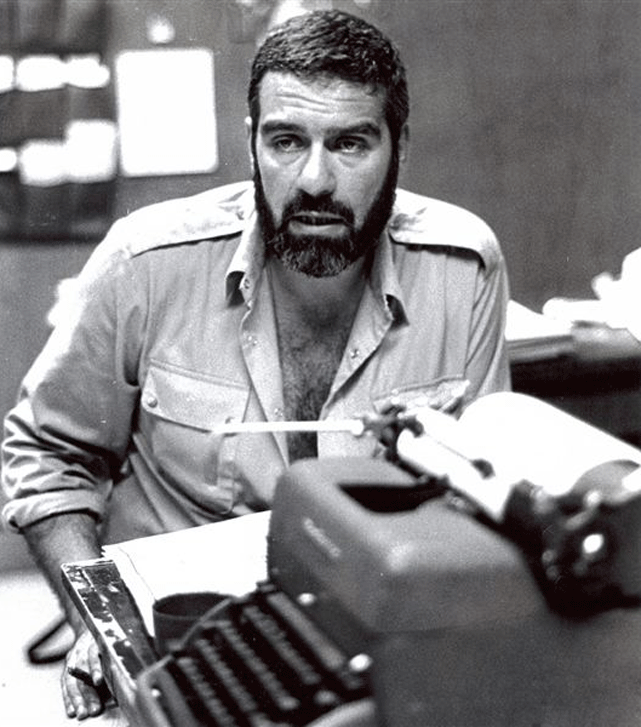
Sergei Dovlatov called one of his books "Solo on Underwood." In Russia, the typewriter was much more important than it was in western countries. In the free world the typewriter was just a technical device to reprint texts, but in the Soviet Union, under censorship, typewriters and skilled typists were as valuable as gold. Forbidden literature was secretly reprinted using carbon copying, and the final copies were really hard to read. They were called "blind copies," and despite their poor quality, they were still
Read more the final days of Russian writers
All rights reserved by Rossiyskaya Gazeta.
Subscribe
to our newsletter!
Get the week's best stories straight to your inbox